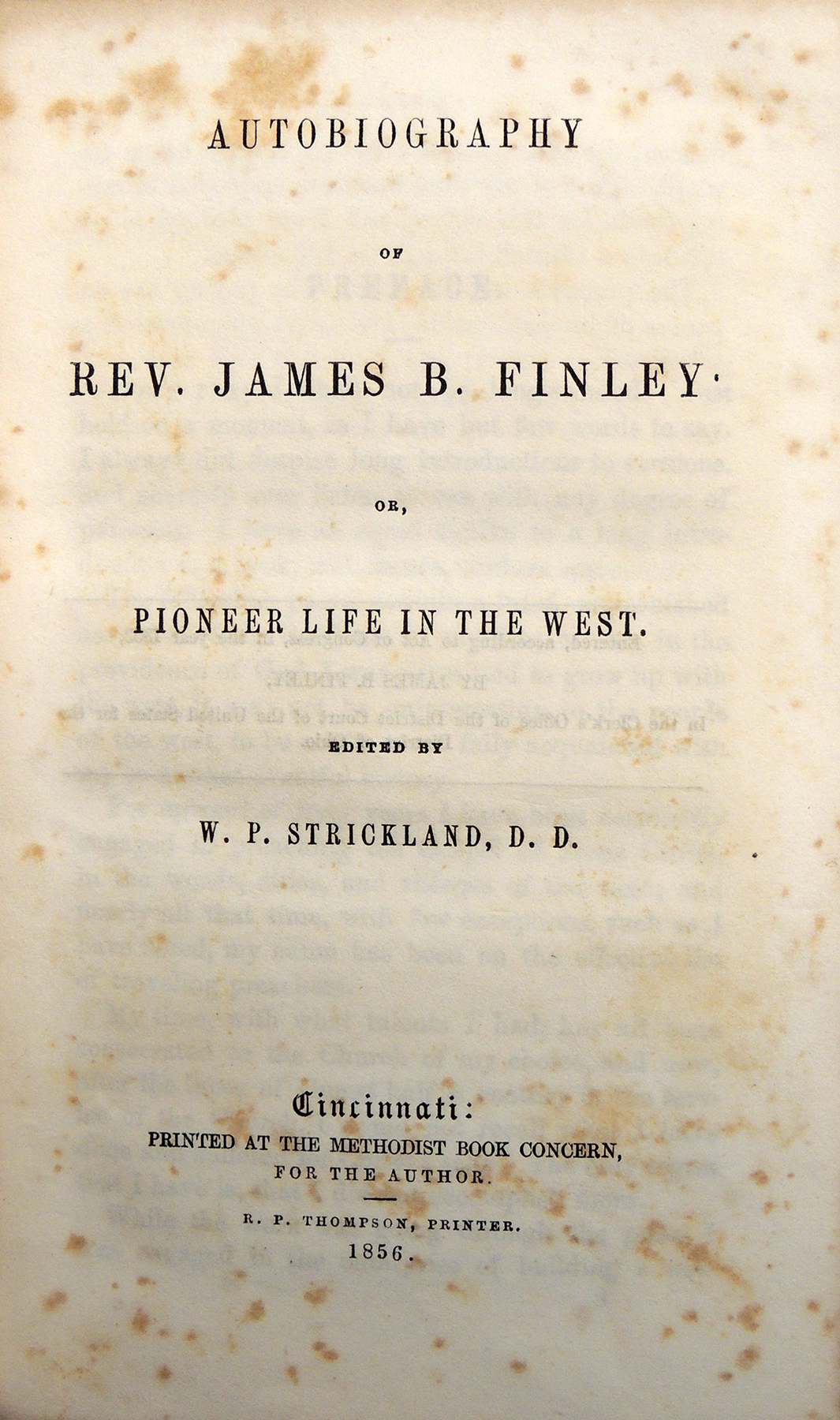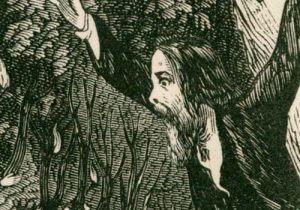Being desirous to see his parents, he returned to his father’s in Virginia, on the last day of October, 1803, ripped off his ruffles, and cut off his long hair, and remained in that vicinity a few weeks, an astonishment and a by-word to all his former acquaintance. He returned to Tennessee, and resumed his occupation, April 1, 1804, and pursued the business of teaching till admitted into the traveling connection. But during this period his mental exercises were powerful, mostly with respect to his call to preach the Gospel. Many an anxious day and sleepless night did he pass through. These conflicts were mostly like other men’s, perhaps, except that he was more unyielding than common; for it is certain he never would have been a Methodist preacher if he had not believed that his soul would be lost unless he became one. His under- standing and conscience forbade him being any thing else. His mother, sister, and brother William were all happily converted to God during the summer of 1804, which served as an incentive to his piety. In this year that strange disorder “the jerks” overran all Western Tennessee. It attacked the righteous and the wicked—an involuntary muscular exercise, which drew the subjects affected backward and forward with a force and quickness perhaps previously unknown to the human family. Five hundred of these subjects might sometimes be seen in one congregation, all in various motion, from twitching the head up to bending the whole body—first backward, and then forward, the head nearly touching the ground forward and backward alternately. Some people thought it belonged to, if it did not make a part of, the Christian religion, others that it was the work of the devil; and brother Young thought that the devil had a hand therein, to bring religion into disrepute.



